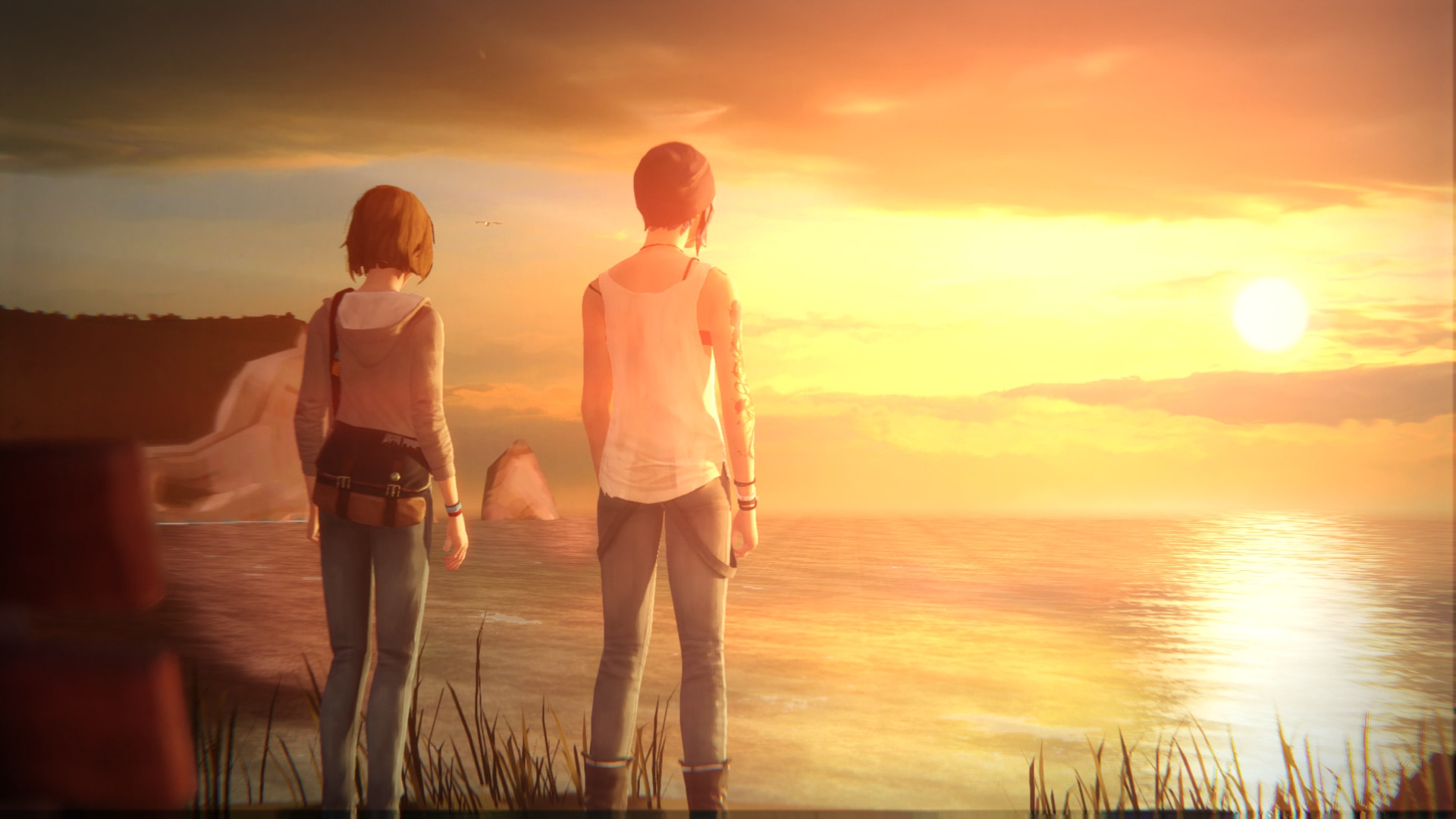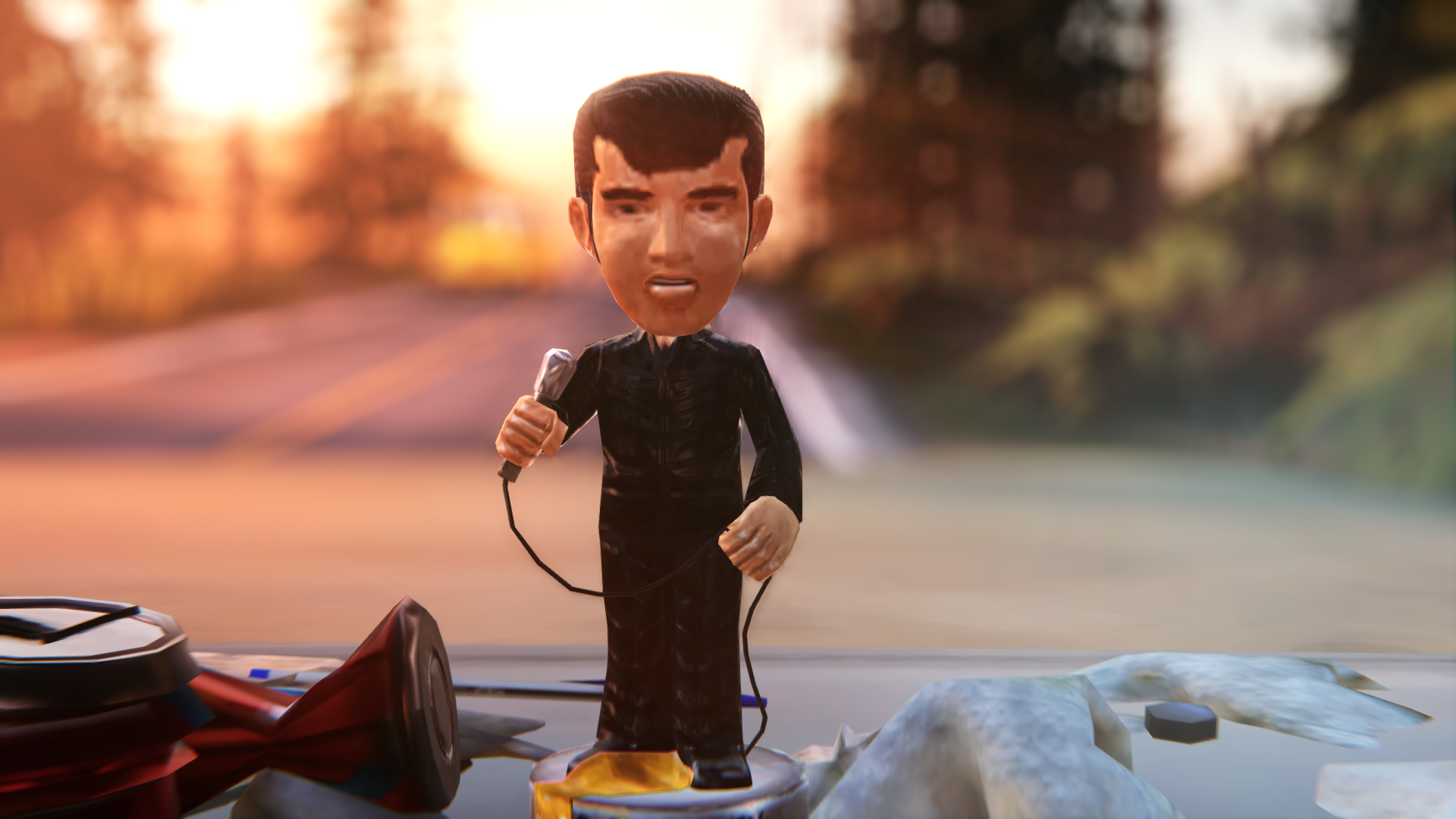In a world of fast-paced shooters and open-world RPGs, Life is Strange is offering something different, something more intimate.
This episodic adventure game captured hearts not with guns, but with emotion, choices, and a little bit of time-travel magic. Let’s explore this masterpiece!
What is Life is Strange?
Life is Strange is an award-winning episodic adventure game developed by Don’t Nod Entertainment and published by Square Enix. First released in 2015, it follows the story of Max, a teenage girl who discovers she can rewind time.
Set in the beautiful town of Arcadia Bay, the game explores themes like mental health, identity, and friendship, making it a standout title in the narrative-driven game genre.
Story
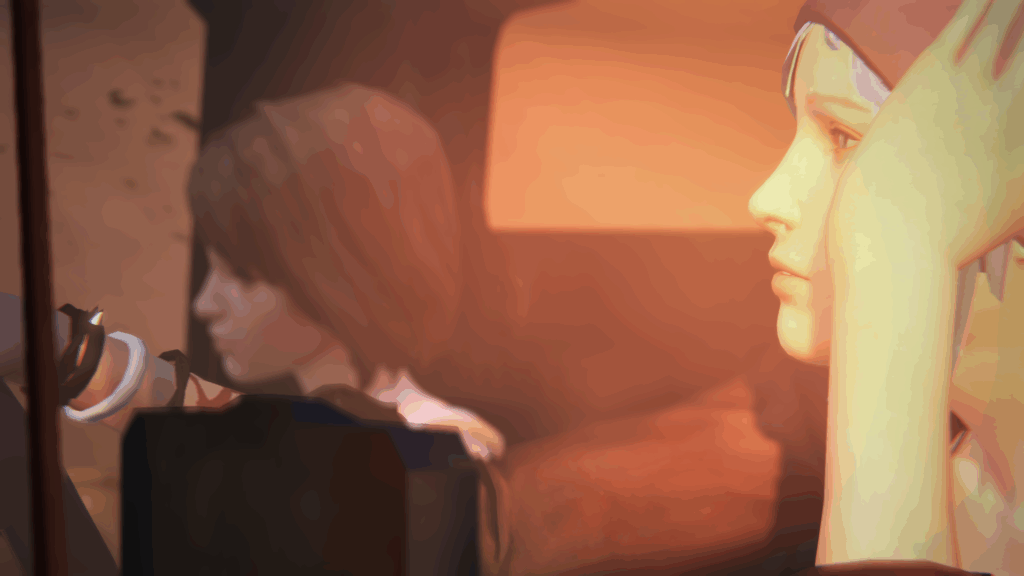
This isn’t your average video game. Instead of combat or puzzle-heavy gameplay, Life is Strange puts all its weight behind the storytelling experience.
Your choices matter, sometimes in subtle ways, other times in heartbreaking ones.
You’ll find yourself deeply invested in Max and her rebellious best friend Chloe, as they uncover the mystery behind a missing student and a supernatural storm looming over the town.
Time Travel Mechanic
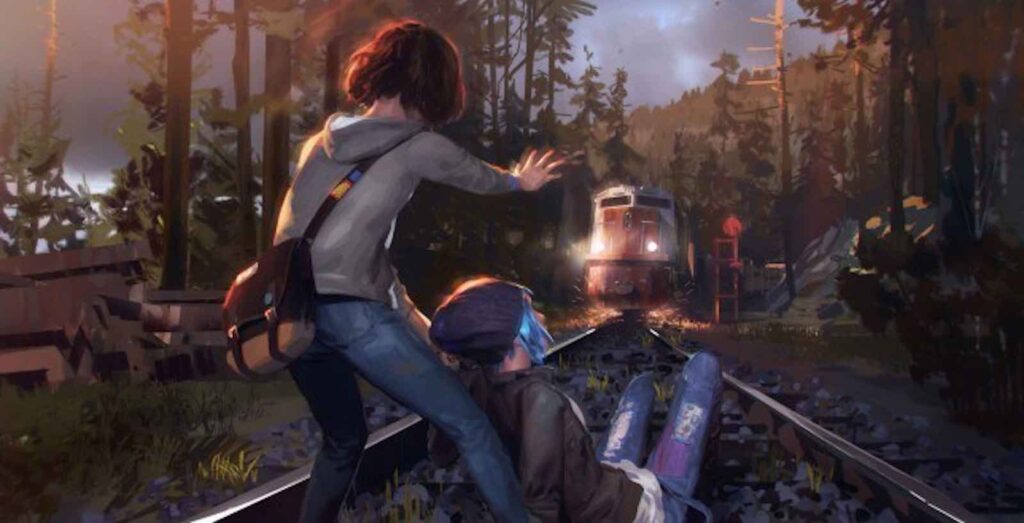
Most games use time mechanics for combat or cleverness. But in Life is Strange, rewinding is about regret, responsibility, and morality.
In episode one, Max discovers she can rewind time at will, which lets you:
- Re-do conversations with different dialogue choices.
- Undo accidents or deaths within a short time frame.
- Solve puzzles by “learning” something, then going back and using it
At first, time travel feels empowering. But the more Max uses it, the more you realize you can’t always save everyone. And even though you can undo events, you can’t undo the feeling of what you’ve seen.
Note
Max’s power grows more intense and unreliable over time, mirroring how consequences spiral beyond her control.
Episodes
As mentioned earlier, Life is Strange is an episodic game. It is split into five episodes:
- Episode 1: Chrysalis
- Episode 2: Out of Time
- Episode 3: Chaos Theory
- Episode 4: Dark Room
- Episode 5: Polarized
Each episode isn’t just a standalone story, but part of a carefully layered narrative that grows in emotional weight, mystery, and consequence.
Here’s how the episodes connect and evolve across the game:
- Your decisions in one episode directly affect events in the next. This gives the whole game a sense of continuity and personalization.
- Max and Chloe’s relationship deepens with every episode.
- Max’s ability to rewind time changes over the episodes.
- The final choice in Episode 5 is incredibly powerful because every episode prepares you for it.
Note
It’s not about choosing “good or bad”. It’s about choosing between two equally painful, deeply personal outcomes that reflect your journey.
Soundtrack and Visuals
The game uses a hand-painted, pastel-toned aesthetic. Instead of going for photorealism, Don’t Nod embraced a softer, slightly stylized approach.
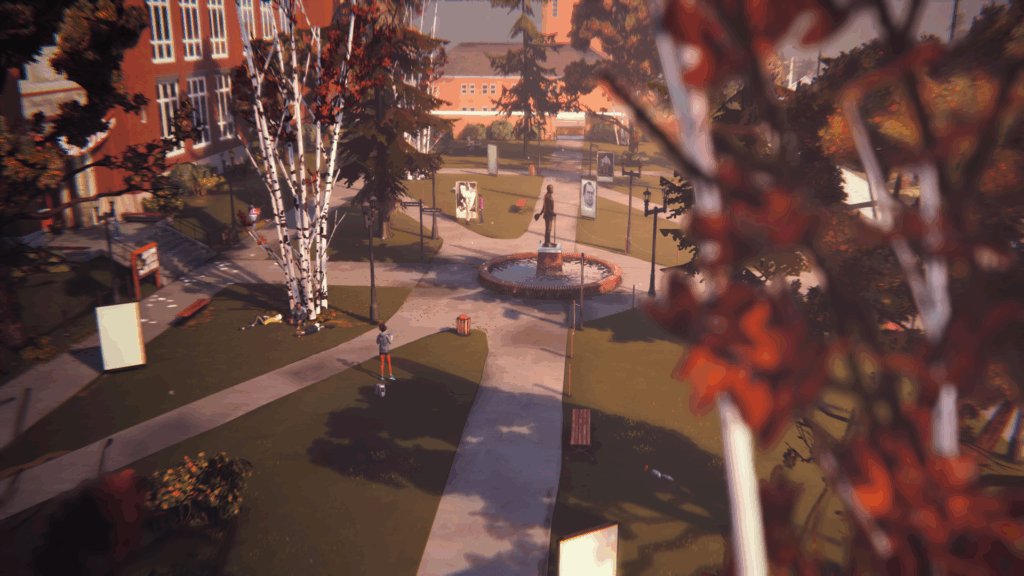
As for the soundtrack, it isn’t just background noise; it’s an emotional companion. It plays a major role in setting the game’s tone and pulling players into Max’s world. Artists featured include:
- Syd Matters – “Obstacles”
- Angus & Julia Stone – “Santa Monica Dream”
- José González – “Crosses”
- Bright Eyes, Alt-J, Sparklehorse, and more
Life is Strange proves that a game’s visuals and music don’t need to be flashy; they just need to be intentional. Together, the visuals and soundtrack work to create one of the most emotionally immersive experiences in modern gaming.
They don’t just set the mood, they are the mood.
Final Thoughts
Life is Strange isn’t just a game; it’s a feeling. It captures a nostalgic, bittersweet slice of youth while wrapping it in a supernatural mystery. If you value story and emotional impact over action, it’s a must-play. Have you played Life is Strange yet? What did you like most about the game? Let me know by submitting your comment below.

